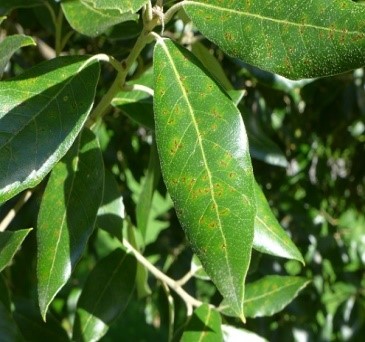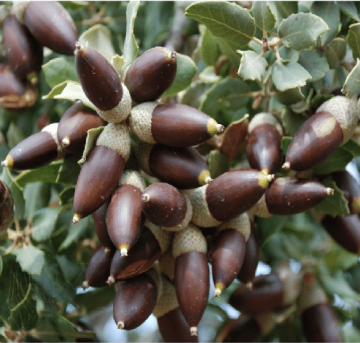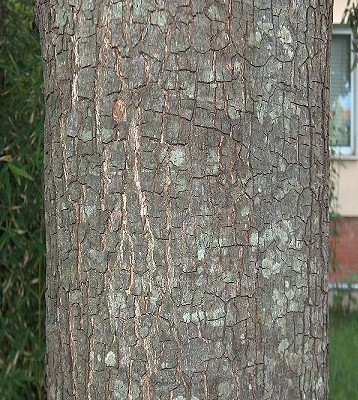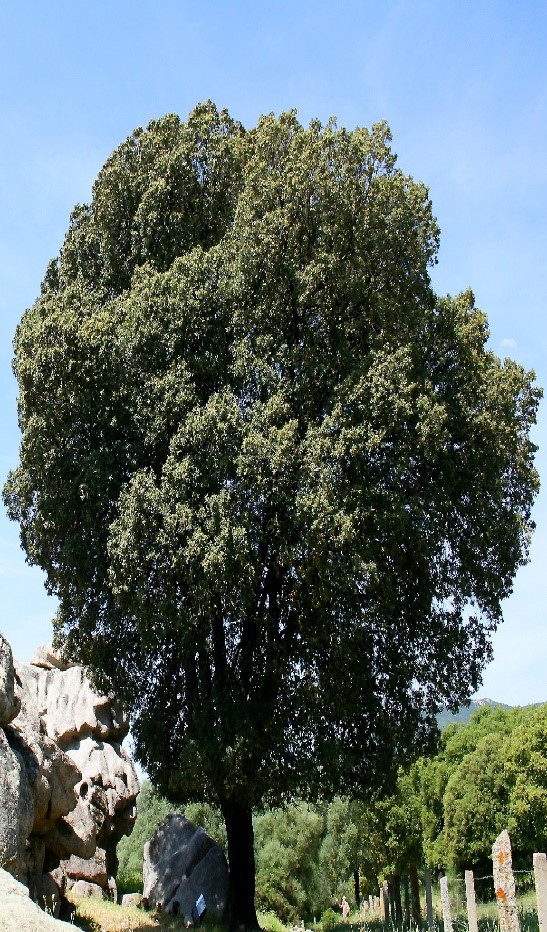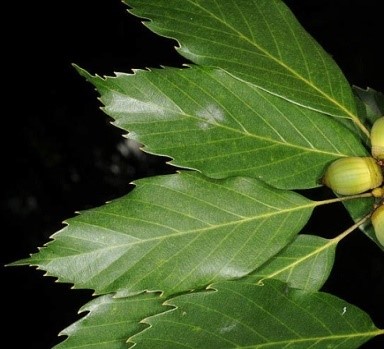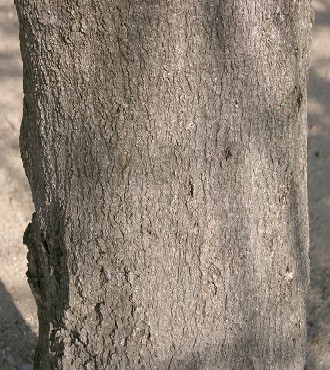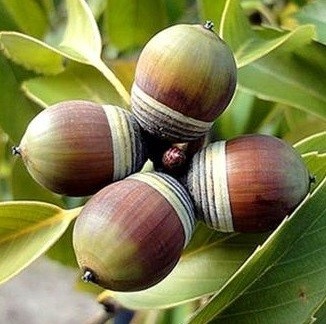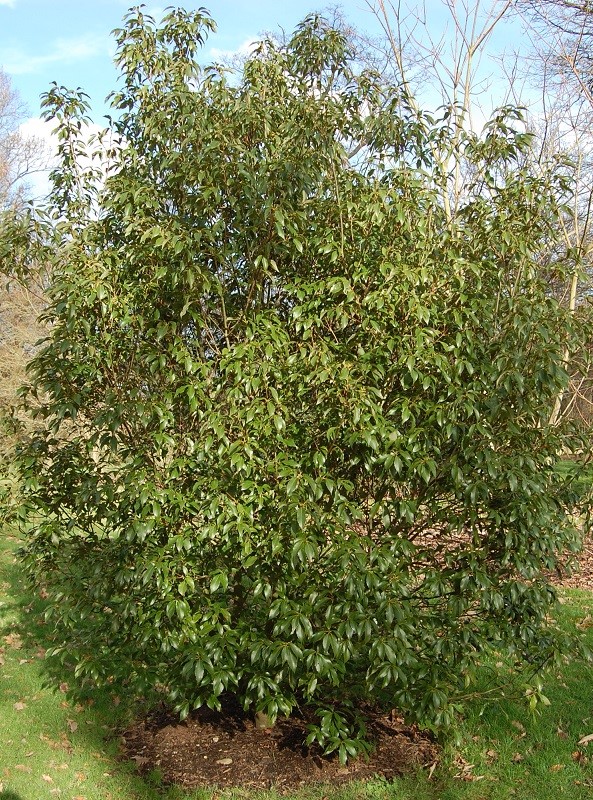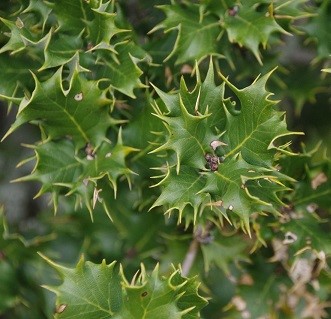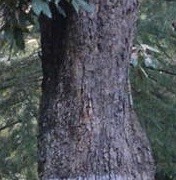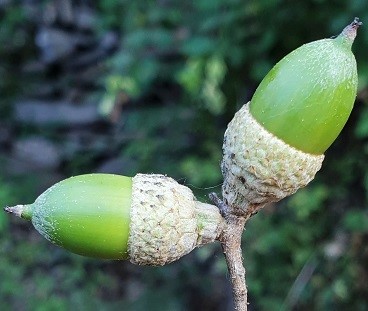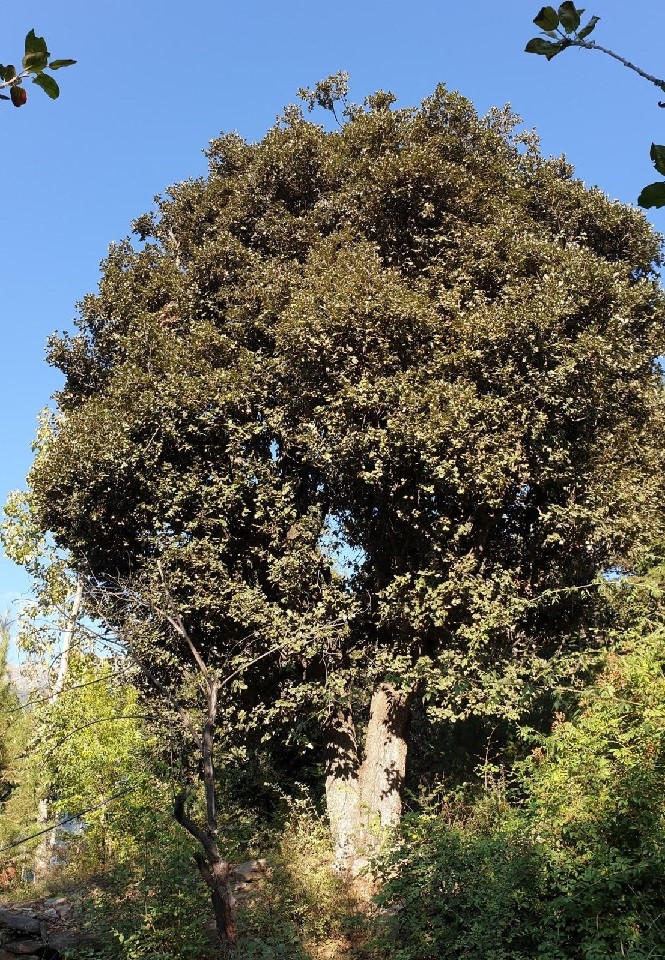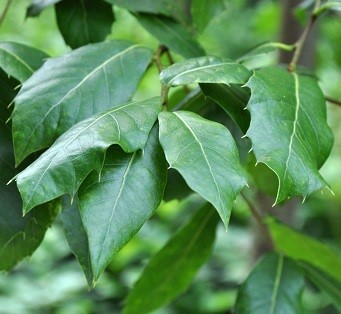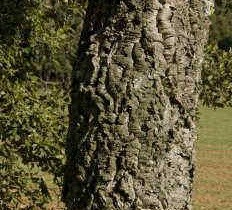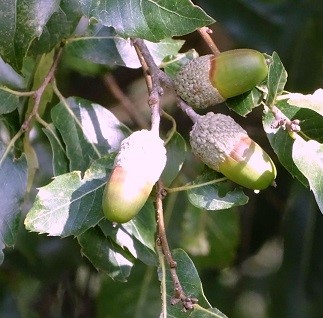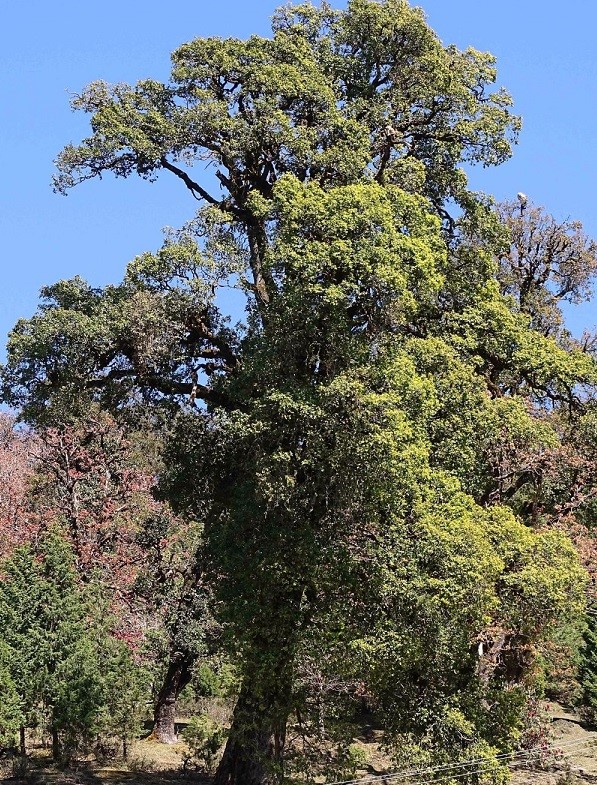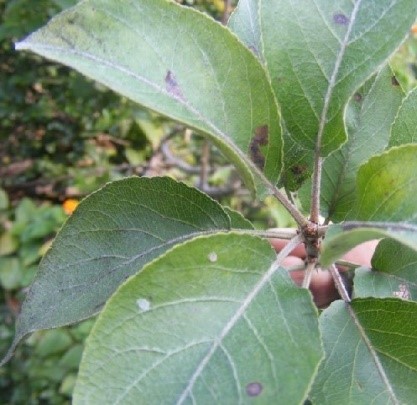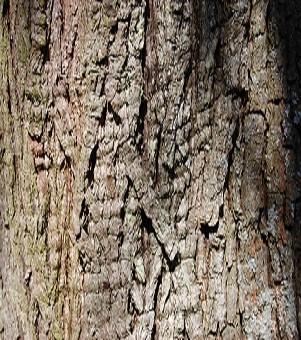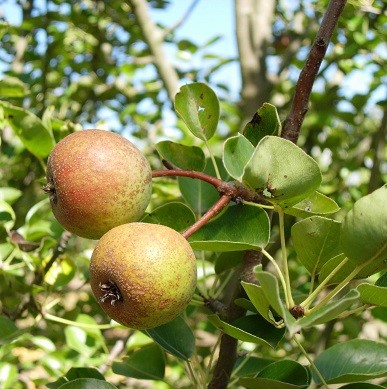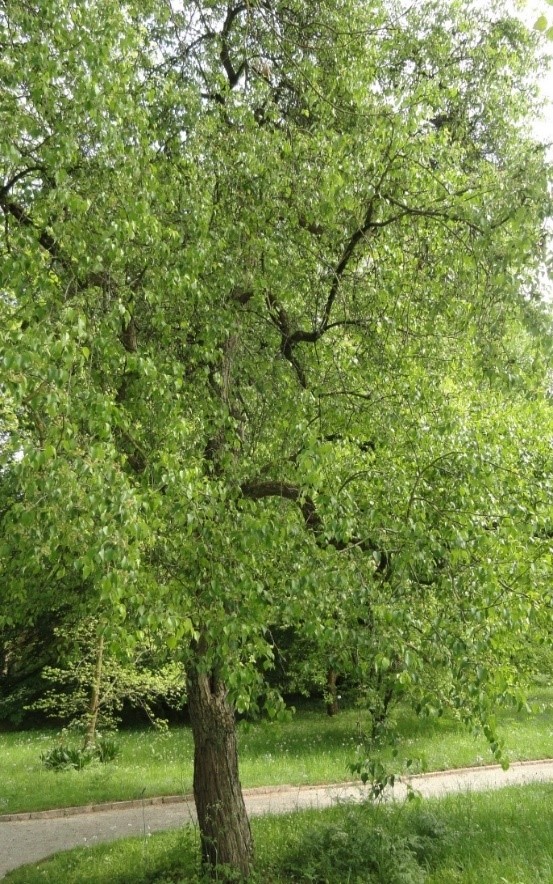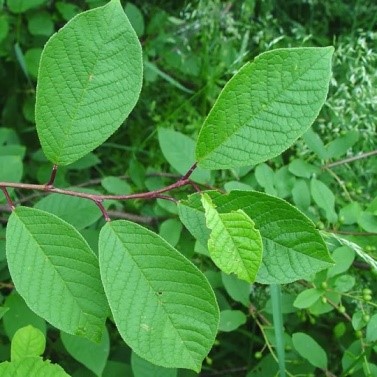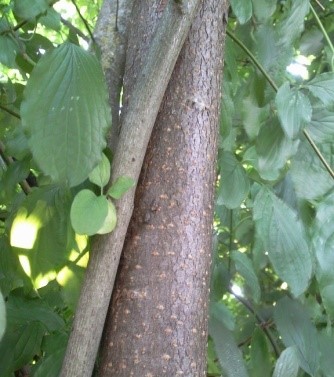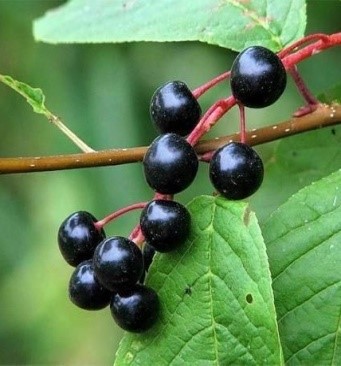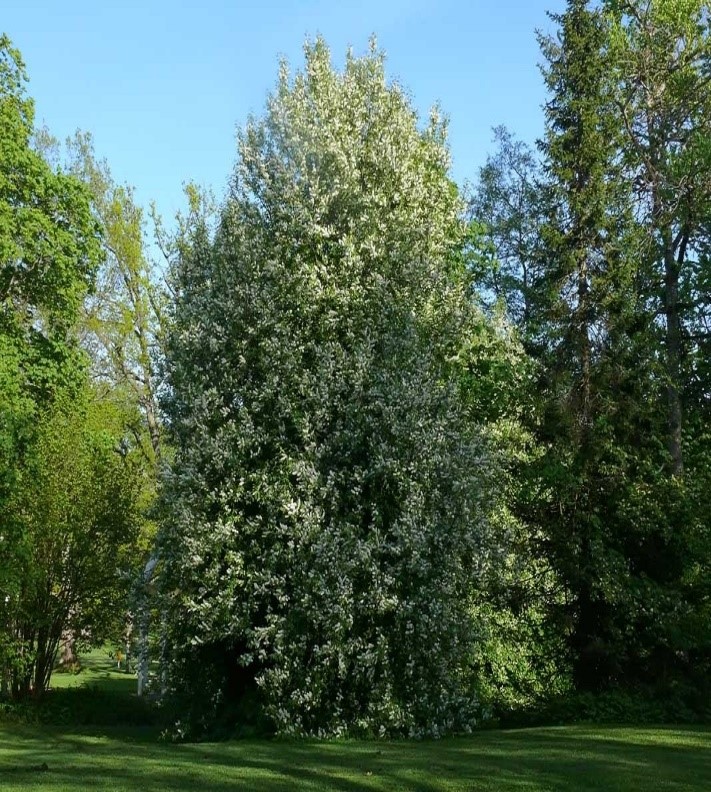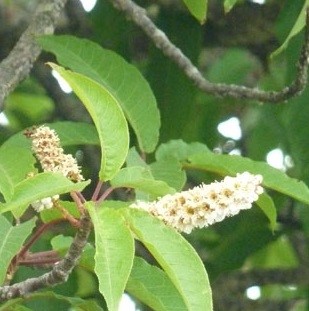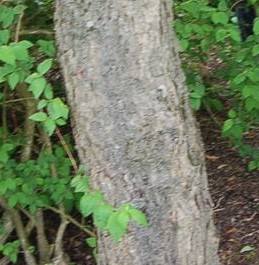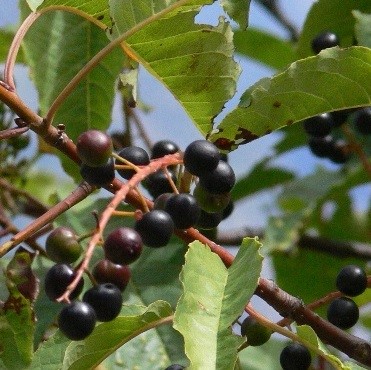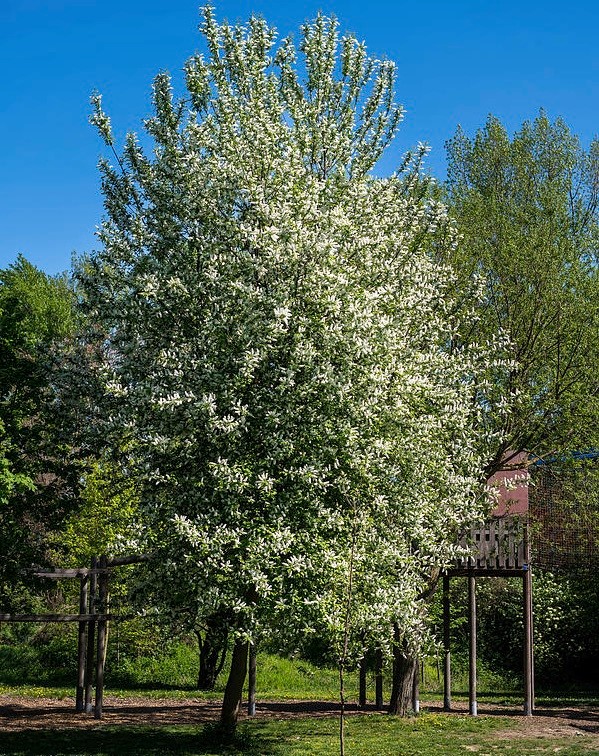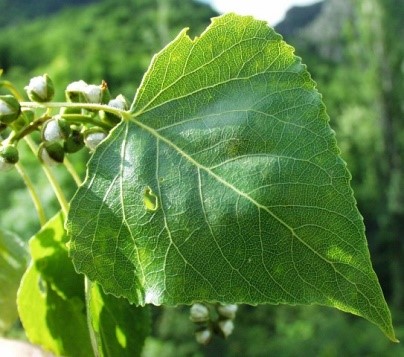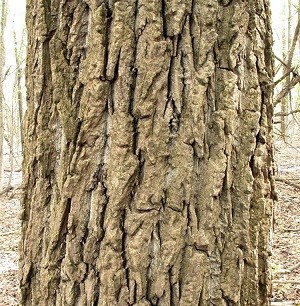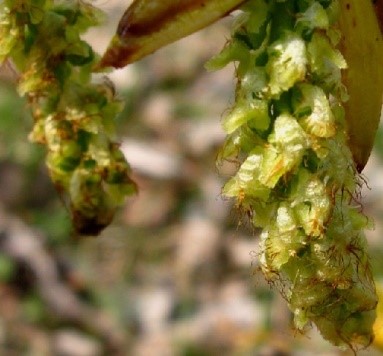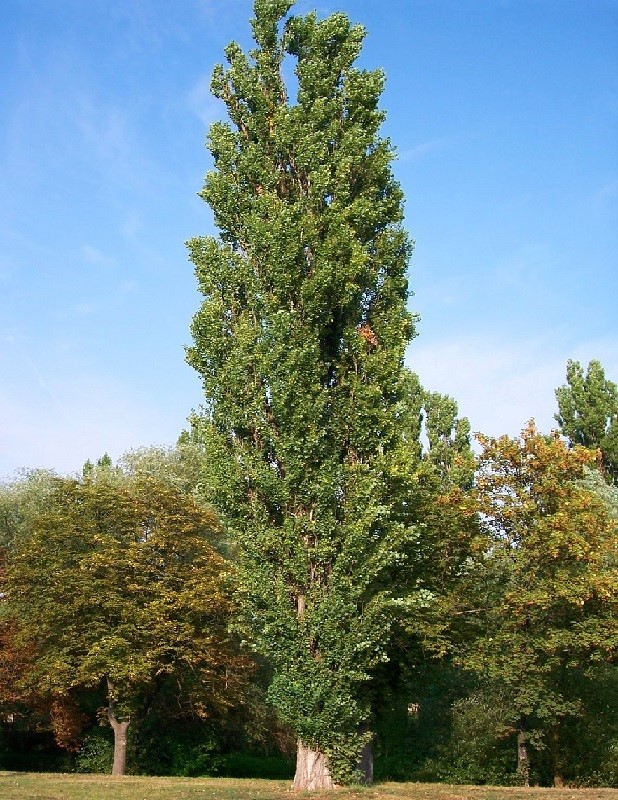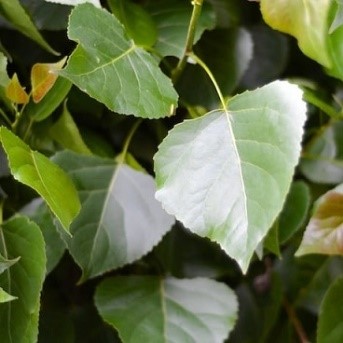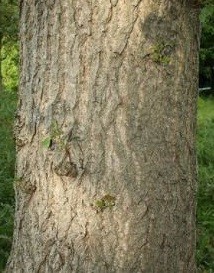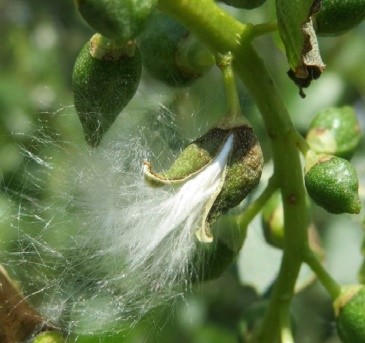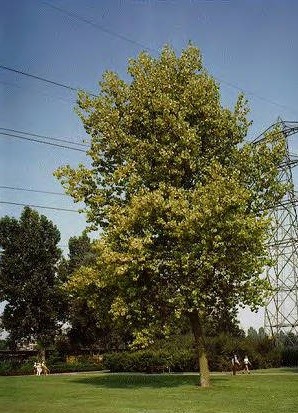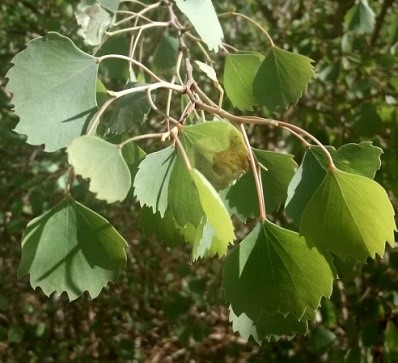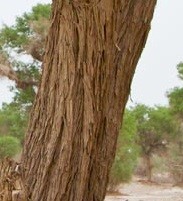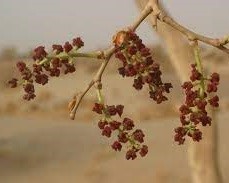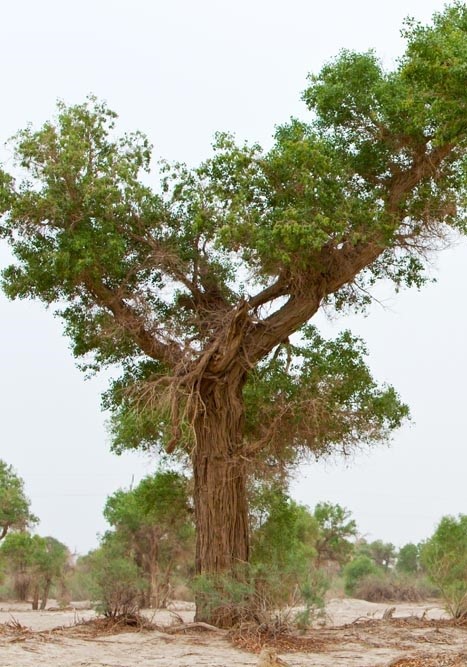Trees of Pakistan
Quercus ilex
Family Name: Fagaceae
Local Name : Baloot, Choor
English Name : Holly oak, Holm oak
Description : This is a large size, long living evergreen tree of about 21 to 28 m height and densely leafy branches. The trunk is greyish, strong and has the waste of about 3 to 6 m. The bark is dark brown and finely cracked and twigs are slender. The leaves are leathery, shiny, dark green to back in colour and are arranged in alternate form and up to 4 to 8cm long and 1 to 3 cm broad. Petiole is 5 to 15 mm long. Flowers are very small and monoecious which means plant has separate male and female reproductive parts. After pollination by wind, female flowers develop into acorns, which are smaller and have a more pointed tip than those of English or sessile oaks. Young acorns are green and mature to a dark red, brown before falling and fruit (acorn) is about 2 to 3.5 cm long and fully mature fr
Quercus glauca Thurb.
Family Name: Fagaceae
Local Name : Banni
English Name : Barin Oak
Description : A small or medium sized evergreen tree, 20 m tall with a diameter of 75 cm. The leaves are 10 cm by 3 cm, oblong acuminate. The bark is smooth and grey in color. Male flowers are catkins and the female flowers on short axillary peduncle. The flowers occur between March and April. The fruit is an acorn or nut, 2 cm long. It is not gregarious and has no known insect or disease problems. Slow growing and it is reproduced from seed. It is gradually disappearing from its natural habitat due to heavy biotic pressure. Grins are closed with hard density and dark color sapwood.
Quercus baloot Griff.
Family Name: Fagaceae
Local Name : Barungi
English Name : White Oak
Description : A large evergreen tree, 24 to 30 m tall and with a diameter of 0.7 to 1.5 m. The crown is very dense. The leaves are simple, with smooth margins, 4 to 12 cm long. It is monoecious. The male flowers or catkins are hanging bunches 3 to 5 cm long. The female flowers are short, erect bunches. The flowers occur between April and May. The fruit is an acorn or nut, 2.5 cm in diameter. The fruiting period is May to October, a year after pollination. It will coppice readily. The coppice shoots are heavily browsed, and the tree is attacked by leafy mistletoe. It is reproduced both from seed and by vegetative means. The fruit, a nut, is solitary and has a very low viability. Slow growing, it has been reported to have MAI of 0.4 in diameter. Coppice shoots have been recorded to obtain heigh
Quercus dilatata Royle
Family Name: Fagaceae
Local Name : Barungi
English Name : White Oak
Description : A large evergreen tree, 24 to 30 m tall and with a diameter of 0.7 to 1.5 m. The crown is very dense. The leaves are simple, with smooth margins, 4 to 12 cm long. It is monoecious. The male flowers or catkins are hanging bunches 3 to 5 cm long. The female flowers are short, erect bunches. The flowers occur between April and May. The fruit is an acorn or nut, 2.5 cm in diameter. The fruiting period is May to October, a year after pollination. It will coppice readily. The coppice shoots are heavily browsed, and the tree is attacked by leafy mistletoe. It is reproduced both from seed and by vegetative means. The fruit, a nut, is solitary and has a very low viability. Slow growing, it has been reported to have MAI of 0.4 in diameter. Coppice shoots have been recorded to obtain heigh
Pyrus pashia Ham. Ex D. Don.
Family Name: Rosaceae
Local Name : Batangi
English Name : Wild pear
Description : A small to medium size deciduous tree 6 to 10 m tall with diameters of 50 cm. The crown is small and oval shaped. The leaves are simple, 5 to 10 cm long. The white flowers grow in bunches or groups and bloom between March and May. The fruit is 1 to 3 cm in diameter and matures from May to December. The fruit and leaves are susceptible to a "scab" infection. Once planted it will spread rapidly by means of root sprouts. It is reproduced both from seed and by vegetative means. Seed stored under refrigerated conditions will remain viable for to 3 years. Diameter growth of 30 cm in 8 years has been recorded. Grains are very fine, straight and even textured. Wood is hard, heavy and strong having light, reddish brown color sapwood with specific gravity of 0.70.
Prunus padus L.
Family Name: Rosaceae
Local Name : Kala-Kath
English Name : Bird Cherry
Description : This plant is a small deciduous tree or a large shrub having height of about 15 to 17 m. Branches are ascending and rounded shape. The bark is rough and brownish grey. The leaves of the plant are alternate and up to 6 to 13 cm long and 3 to 6cm broad. The petiole is about 1-2cm long. Flowers are white, broad and fragmented and petals are 5 to 8 mm long. Fruit is small, black, shiny, and glossy and it has bitter taste.
Prunus cornuta (Wall. Ex. Royle) Steud.
Family Name: Rosaceae
Local Name : Kala Kat
English Name : Bird Cherry
Description : A medium sized deciduous tree 15 to 18 m tall with diameters of 50 to 60 cm. The leaves are simple, 10 to 15 cm long. The bark is smooth brown to purple in color. The white flowers grow in 10 to 15 cm long bunches or groups and bloom between April and June. The fruit is small 0.6 to 1 cm in diameter and matures from June to October. It is reproduced both from seed and by vegetative means. Yields of 3 to 6 m3/ha/yr has been recorded. Heights of 20 m with diameters of 75 cm have also been observed. It has been destroyed in some areas of its natural range through heavy lopping. Special care is needed to ensure that it is retained in its natural range. Very fine, straight, even textured grains. Sapwood is white, and heartwood is reddish brown. Moderately hard, heavy having specific
Populus nigra Linn.
Family Name: Salicaceae
Local Name : Siah poplar
English Name : Lombardy poplar
Description : A large, deciduous tree 15 to 27 m tall with diameters of 60 to 90 cm. The trunk is straight with fastigiate branching and the crown is cylindrical. The leaves are simple, lobed 5 to 10 cm long. It is dioecious. The male catkins are 2.5 to 7.5 cm long and the female catkins are 5 to 15 cm long. Flowering and seed production occurs between January and June. It does coppice. There are no significant disease or insect problems when planted on a favorable site; however if the tree is stressed it can be attacked by a number of defoliators. Gall formation by insects has been observed. It is reproduced both from seed and by vegetative means however, most individuals are the result of root suckers or cuttings. Seed has not been readily used to propagate this tree in Pakistan. It is relat
Populus euramericana C V-1-214 (Dada) Guinier
Family Name: Salicaceae
Local Name : Doghla Poplar
English Name : Hybrid Poplar
Description : A tall tree often attaining a height of 30 m with a diameter of 50 cm. The leaves are broadly triangular with long petioles. It is a female poplar, a hybrid cultivar derived from Populus deltoides and Populus nigra at the Institute of Casale Monferrato, Italy. It has no burrs. Buds are pointed and flowering occurs before leafing. It is reproduced by vegetative means (stem cuttings). It is very fast-growing hybrid. MAI of 40 m3/ha/yr has been recorded. Height of 17 m with diameter of 15 cm in 5 years is common. Grains fine or medium, even textured, fairly strong having specific gravity between 0.28 and 0.52. Sapwood is white, greenish brown when dry.
Populus euphratica Olivier
Family Name: Salicaceae
Local Name : Sufed Poplar
English Name : Northern Cottonwood
Description : A large, deciduous tree 25 to 30 m tall, with diameters of 40 cm or more. The trunk is erect and the crown broad and spreading. The leaves are simple, 7.5 to 12.5 cm long. The bark on older trees is grey to grey black and rough. On younger trees the bark is smooth and shiny. It is dioecious. The male catkins are 7.5 to 10 cm long and the female catkins are 15 to 20 cm long. Flowering and seed production occurs between June and August. It does coppice. It is susceptible to many insect and disease problems especially when stressed. It is reproduced both from seed and by vegetative means. The seed is small with silky hairs (cotton), light and wind disseminated. Seed viability is low. It is fast growing. Yields of 20 to 40 m3/ha/yr have been recorded. Several clones of this tree hav
